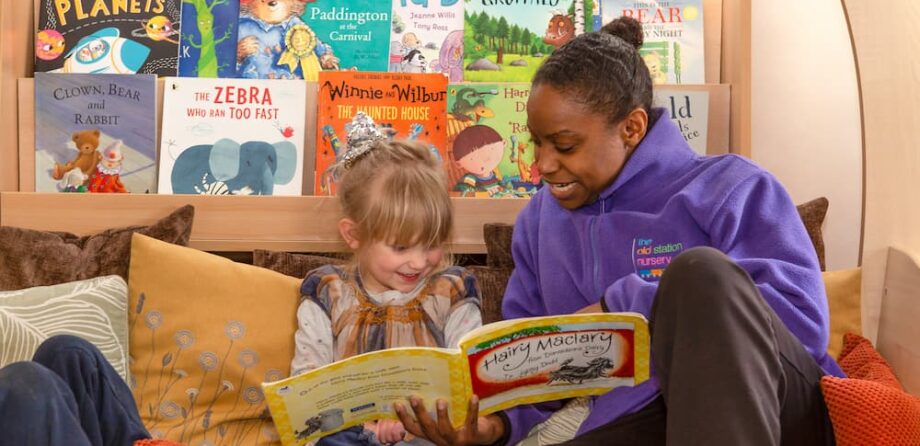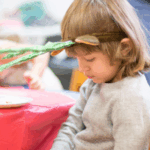
Top tips for working with children under three
Every child is unique from their earliest days, babies and toddlers grow and develop in their own way and at their own pace. Recognising this individuality is key to supporting their early learning and wellbeing. When we embrace this uniqueness, we create nurturing environments where children under three can thrive.
Our tops tips for working with children under 3
- Create a calm and safe environment
Children need predictable, nurturing spaces where they can explore safely. Provide age-appropriate, accessible resources that encourage curiosity and learning
- Build secure attachments
Warm, consistent, and responsive relationships help children feel safe and ready to explore. Spend time forming bonds and responding to their needs
- Value play
Young children learn best through play. Allow plenty of unhurried time for exploration, imagination, and creativity
- Follow their lead
Observe what captures a child’s interest and build activities around their curiosity. Child-led play encourages engagement, problem-solving, and confidence
- Communicate
Respond to all attempts at communication through words, gestures, or expressions – to show children they are heard and valued
- Provide routines
Work with families to maintain familiar routines and transitions. Consistent daily routines help children feel secure and understand what to expect
- Provide sensory experiences
Children learn through their senses, so offer a variety of safe, stimulating activities that allow them to touch, taste, hear, see, and smell. Sensory-rich experiences support curiosity, exploration, and early brain development
- Encourage independence
Allow children to make simple choices and try things for themselves. Tasks like choosing a toy or feeding themselves help build confidence and self-reliance
- Use everyday moments
Routines such as nappy changes, mealtimes, and tidying up provide natural opportunities for language development, bonding, and learning. Talk, sing, and engage with children throughout the day
Want to know more about effective pedagogy?
You can learn what ‘effective pedagogy’ looks like when working with babies and toddlers in our ‘Your Essential Guide to Working with Children Under Three’.
Our brand-new book is a treasure trove of insights and practical strategies to equip you to provide high quality education and care for babies and toddlers.
This book will support and inspire practitioners working with young children, using practice-based research and examples for best practice and confident pedagogy.



